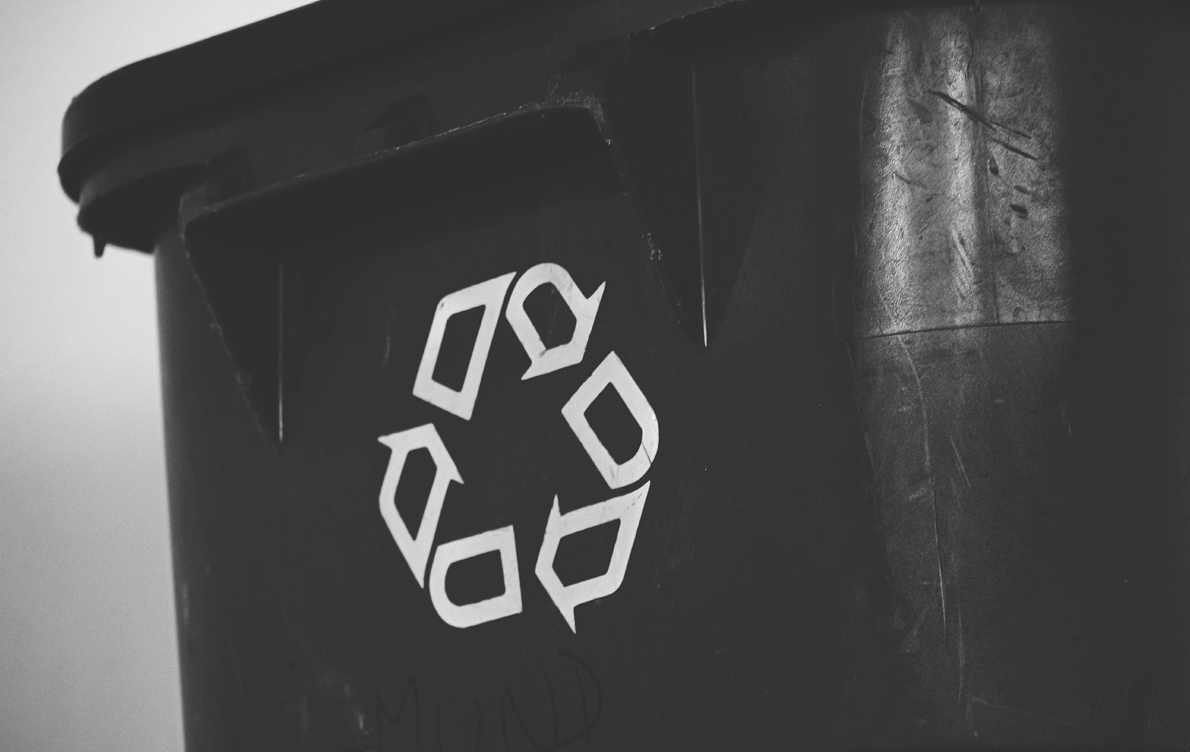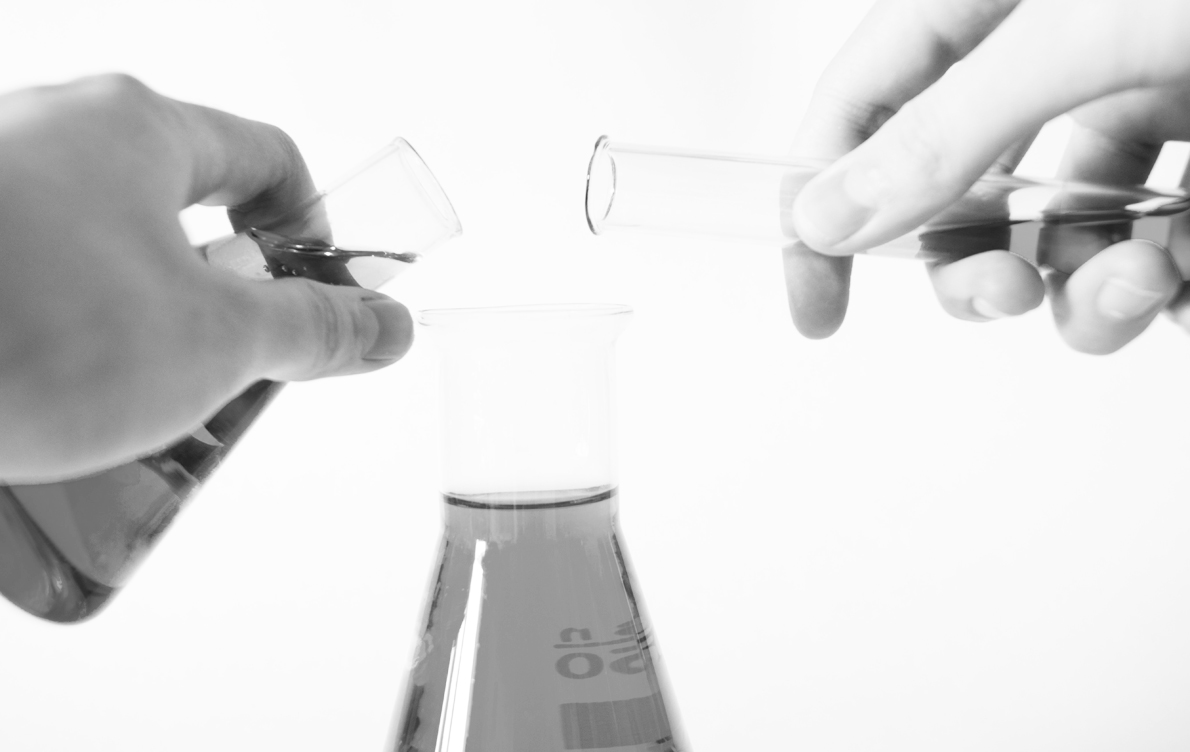OSHA Publishes Fact Sheet to Address Mold Cleanup of Buildings Damaged by Sandy
Due to the overwhelming damage to homes, businesses, and public facilities by Super Storm Sandy, cleanup is a priority for most victims of Sandy. With the federal and state governments joining in that effort, the Occupational Safety and Health Administration (“OSHA”) published a fact sheet entitled “Mold Hazards During Hurricane Sandy Cleanup,” which can be found on OSHA’s website.
Most molds are harmless but some can cause infections and allergy symptoms. The fact sheet outlines safety precautions and procedures, which are based on the size of the impacted area, to be taken when dealing with mold-infested structures. These recommendations are mandatory for employers as to minimize employee exposure to mold.
- Areas less than 30 square feet – the work area should be unoccupied but removing people from adjacent spaces is unnecessary. Surfaces in the work area should be covered with plastic to prevent dust and debris contamination.
- Areas greater than 30 square feet, – in addition to the work area, areas directly adjacent to the work area should be unoccupied. The ventilation ducts in the work area and areas directly adjacent to the work area should be sealed with plastic sheeting.
If there is extensive and visible mold contamination, a mold remediation plan should be developed and implemented that addresses work area isolation, the use of exhaust fans and air locks/decontamination rooms. If the contamination is significant, an industrial hygienist with experience in performing mold remediation should be consulted.
The key to protecting employees and the public when remediating mold is to eliminate inhalation of the mold spores. This is achieved by using engineering controls that minimize the airborne exposure. Such controls include wetting materials to minimize dust and debris, exhaust ventilation, and sealing areas in which the work is being conducted. Likewise, certain work practices should be followed such as prohibiting eating, drinking and smoking in work areas, using high efficiency vacuums, controlling access to the work area, and using decontamination procedures. Personal protective equipment, such as respirators, goggles, gloves and protective clothing, is also recommended.
As the law continues to evolve on these matters, please note that this article is current as of date and time of publication and may not reflect subsequent developments. The content and interpretation of the issues addressed herein is subject to change. Cole Schotz P.C. disclaims any and all liability with respect to actions taken or not taken based on any or all of the contents of this publication to the fullest extent permitted by law. This is for general informational purposes and does not constitute legal advice or create an attorney-client relationship. Do not act or refrain from acting upon the information contained in this publication without obtaining legal, financial and tax advice. For further information, please do not hesitate to reach out to your firm contact or to any of the attorneys listed in this publication.
Join Our Mailing List
Stay up to date with the latest insights, events, and more





